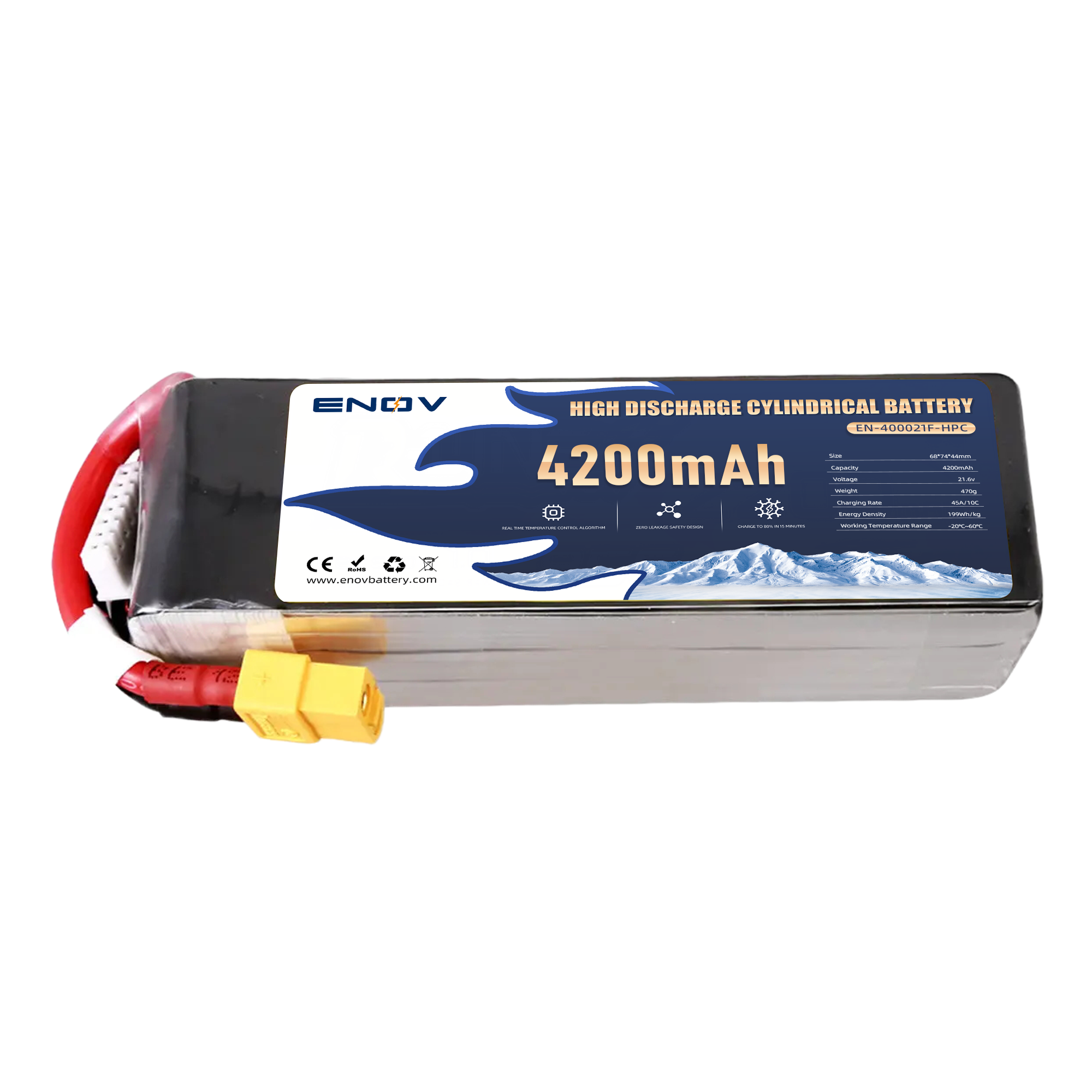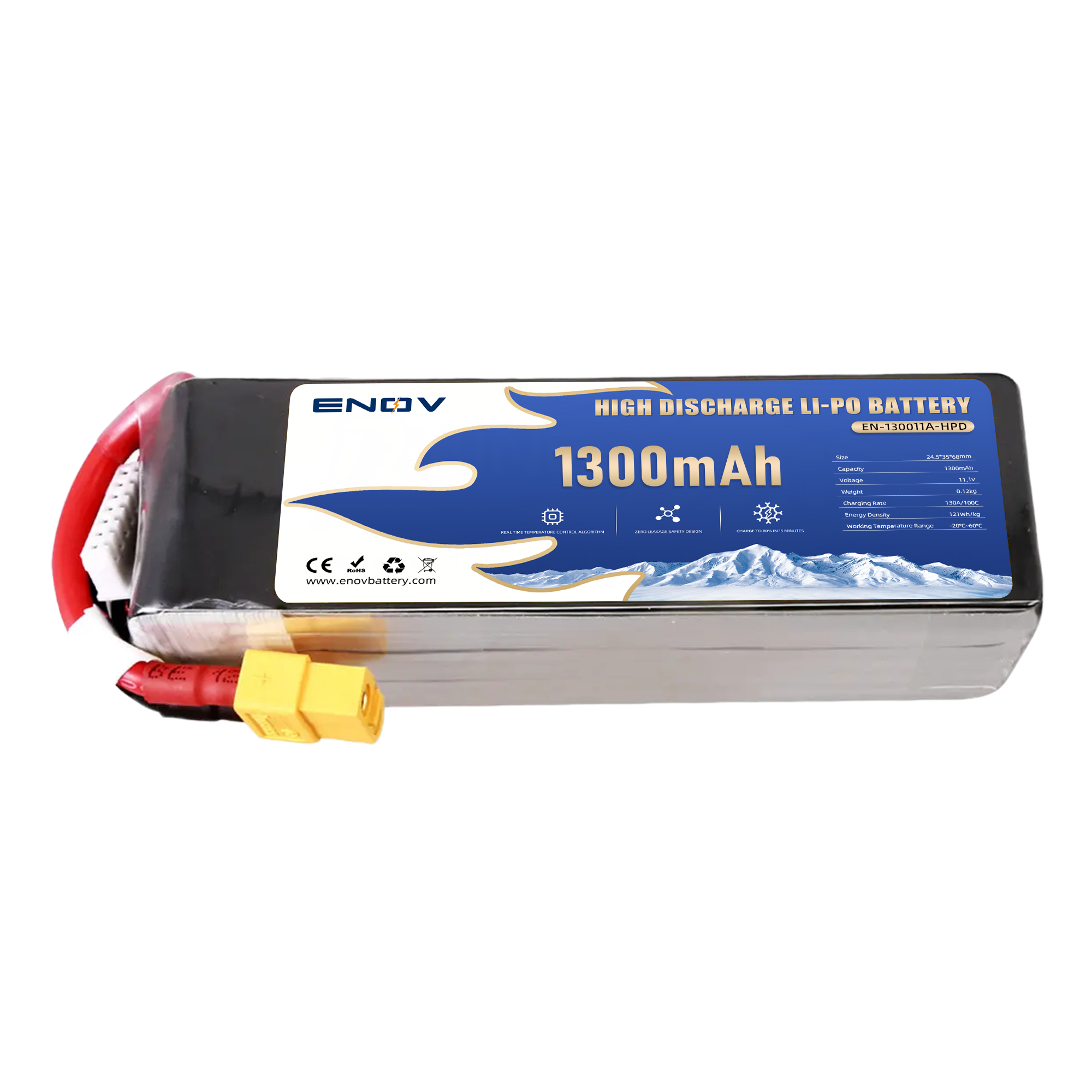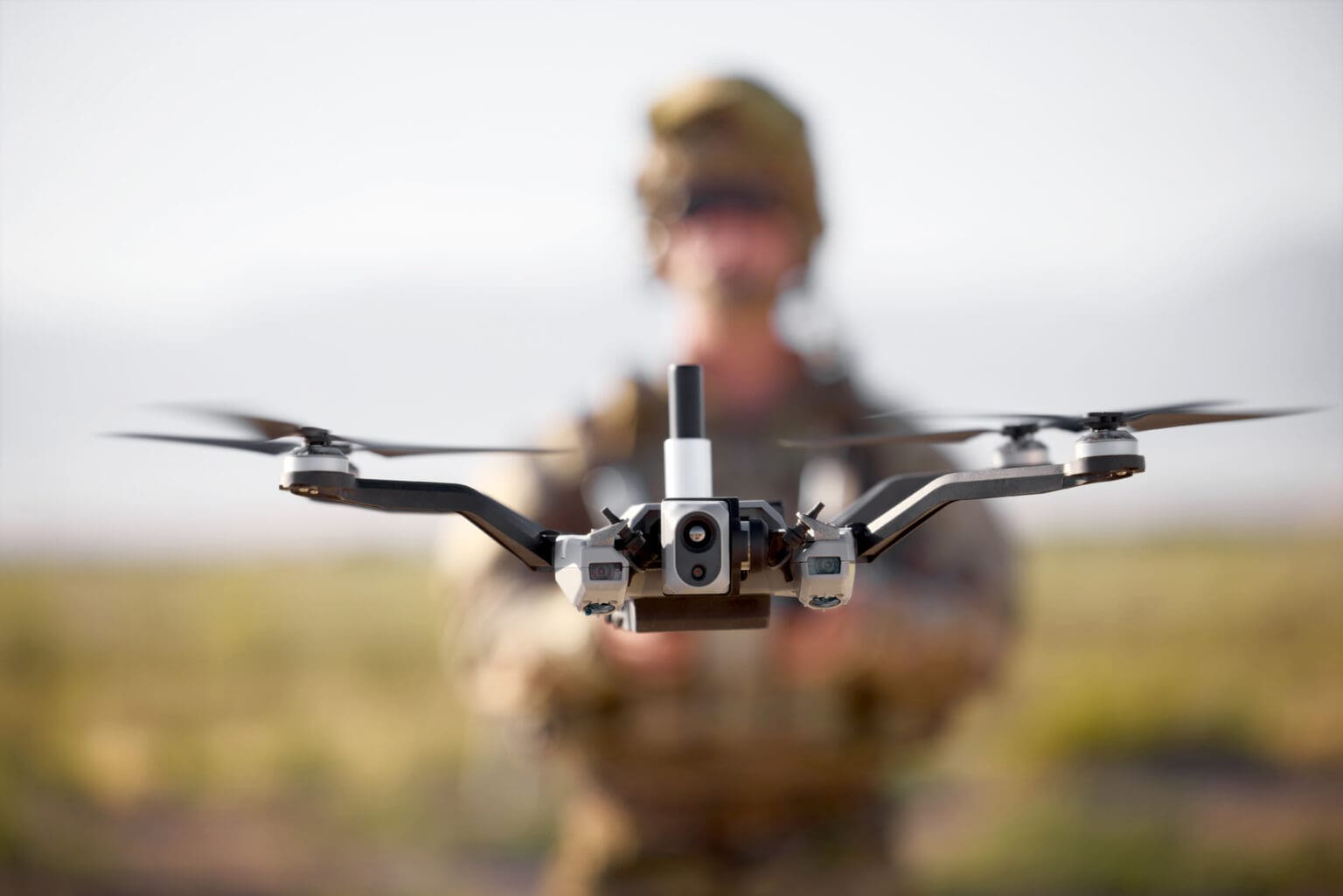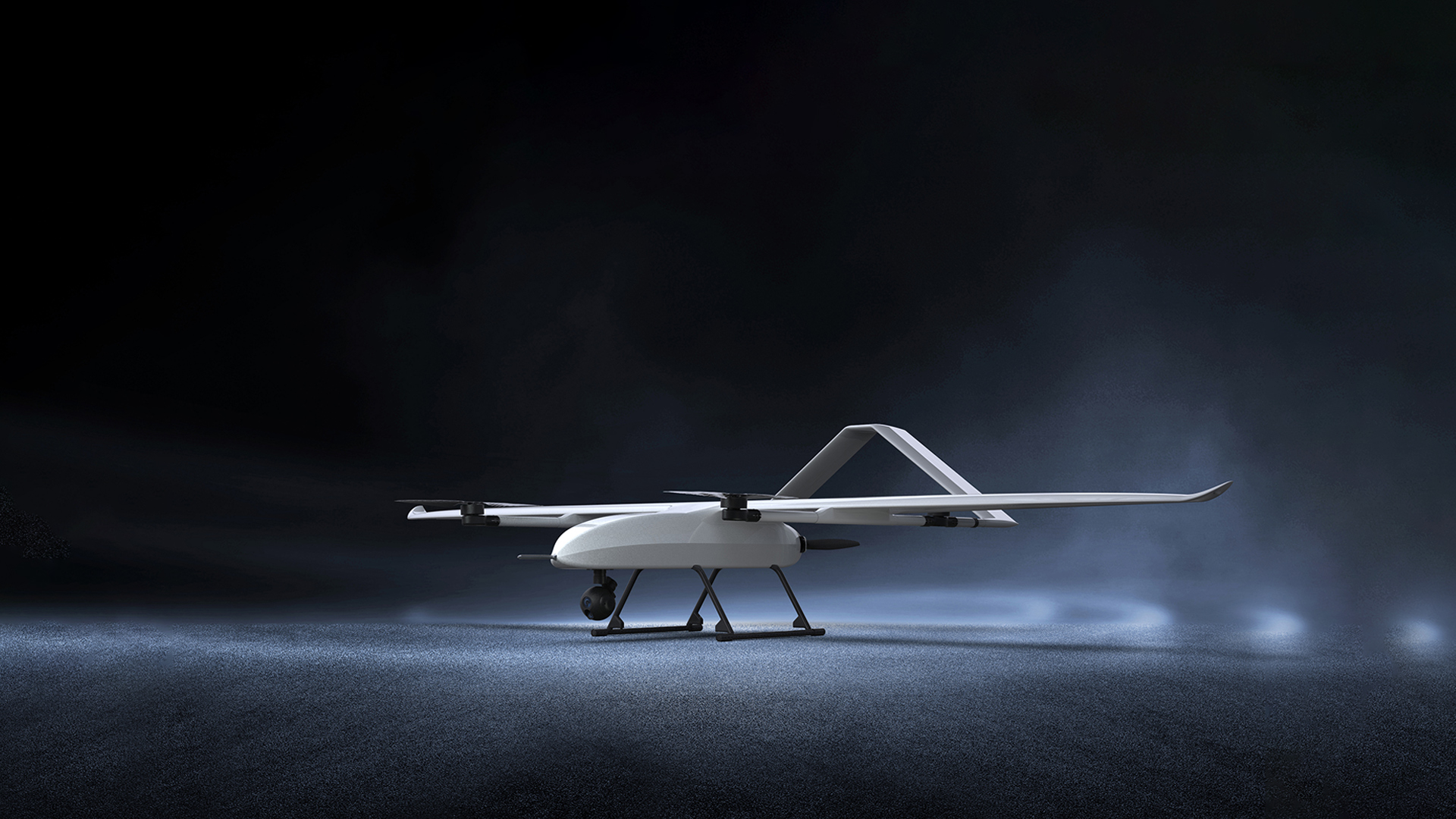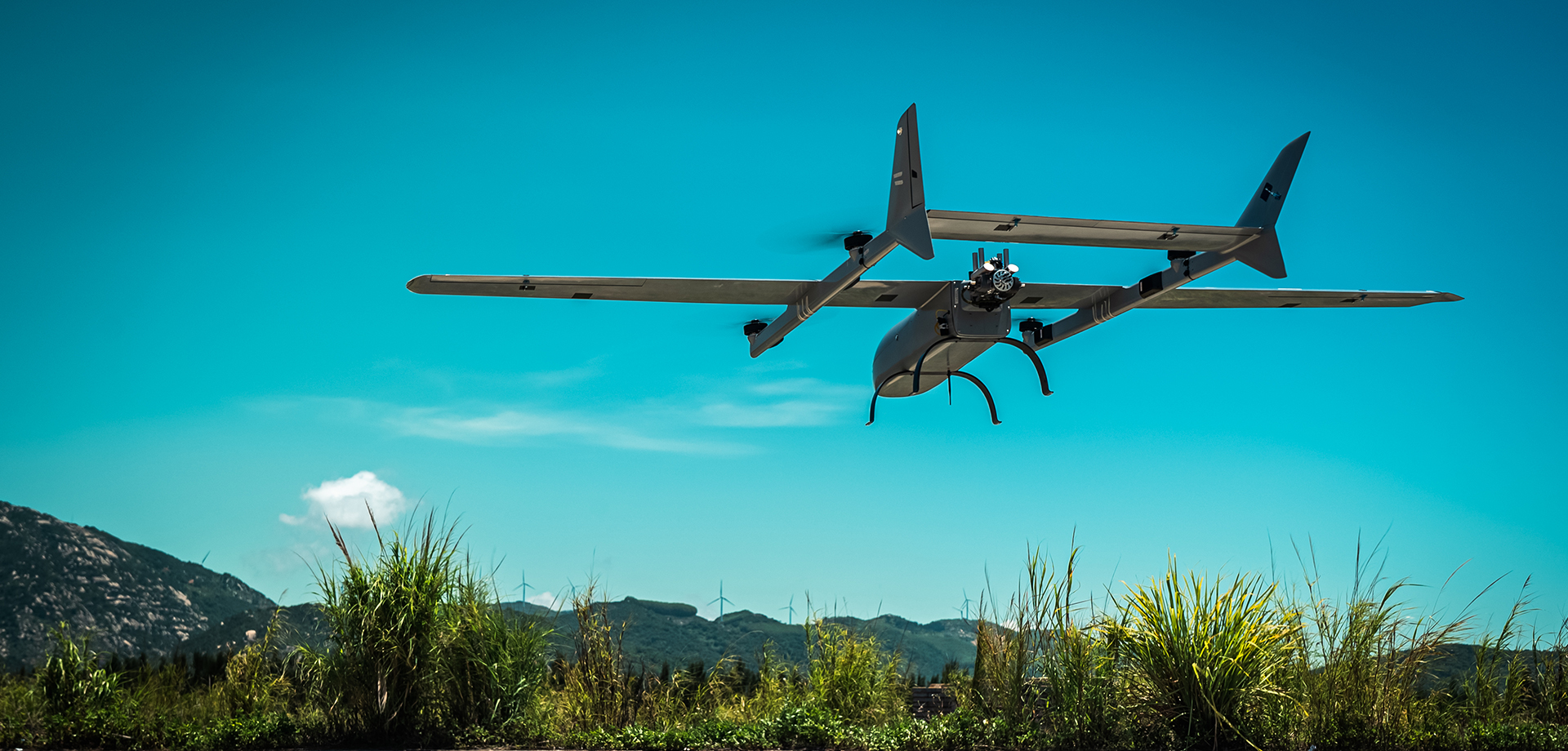WEEE Recycling Compliance: Designing Detachable Drone Batteries for EU Market Requirements
Complying with the EU’s Waste Electrical and Electronic Equipment (WEEE) Directive requires drone batteries to feature user-friendly detachable designs, enabling safe recycling and reducing environmental harm. Non-removable batteries risk non-compliance fines and market exclusion. This guide outlines key design principles to align with WEEE standards while maintaining battery performance and user convenience.
main content
Core Principles of Detachable Battery Design
A WEEE-compliant detachable battery must be removable without specialized tools or excessive force. For instance, a drone battery secured by standard screws or sliding latches allows end-users to disassemble it in under 5 minutes. Avoid adhesives or welded casings, which complicate recycling and violate WEEE’s “easy access” mandate. Modular designs using standardized connectors (e.g., XT60) further simplify separation of cells, BMS, and casings.
Material Selection for Recyclability
Prioritize materials with high recycling rates and clear labeling. Aluminum casings are preferred over mixed plastics due to their 95% recyclability. Mark all components with ISO 11469 symbols (e.g., >PP< for polypropylene) to guide sorting. Batteries with lithium-ion cells must include visible “Li-ion” labels and hazard codes, ensuring safe handling by recycling facilities.
Avoiding Common Design Pitfalls
Integrated batteries embedded within drone frames often fail WEEE audits. Even if technically removable, designs requiring disassembly of structural components (e.g., cutting wires or desoldering) are deemed non-compliant. Another pitfall is using non-standard fasteners—custom screws or proprietary tools delay recycling and increase costs. Always validate designs with third-party labs to preempt rejection.
Streamlining Compliance Documentation
WEEE compliance requires detailed technical files, including disassembly instructions and material composition reports. Create step-by-step visual guides for battery removal, translated into all EU languages. Partner with recyclers early to certify that your design meets their processing capabilities. Digital product passports (DPPs), now mandatory under the EU Battery Regulation, must list detachability features and recycling pathways.
Cost-Benefit Analysis of Compliance
While redesigning batteries incurs upfront costs (10,000–50,000 for tooling), non-compliance penalties range from €10,000 to €500,000 per violation. Moreover, 68% of EU distributors prioritize WEEE-compliant suppliers, boosting market access. A German drone manufacturer increased orders by 40% after certifying their detachable batteries, offsetting redesign expenses within a year.
Future-Proofing for Regulatory Updates
Anticipate stricter EU rules, such as mandatory recycled content quotas (e.g., 16% recycled lithium by 2030). Design batteries with easily replaceable cells to facilitate material recovery. Invest in R&D for bio-based polymers or modular BMS systems, which align with circular economy goals and reduce future compliance risks.
Conclusion
WEEE-compliant detachable battery designs are non-negotiable for EU market entry. By prioritizing tool-free disassembly, recyclable materials, and clear documentation, manufacturers avoid penalties and appeal to eco-conscious buyers. Embrace modularity and standardization—your commitment to sustainability today secures competitiveness tomorrow.
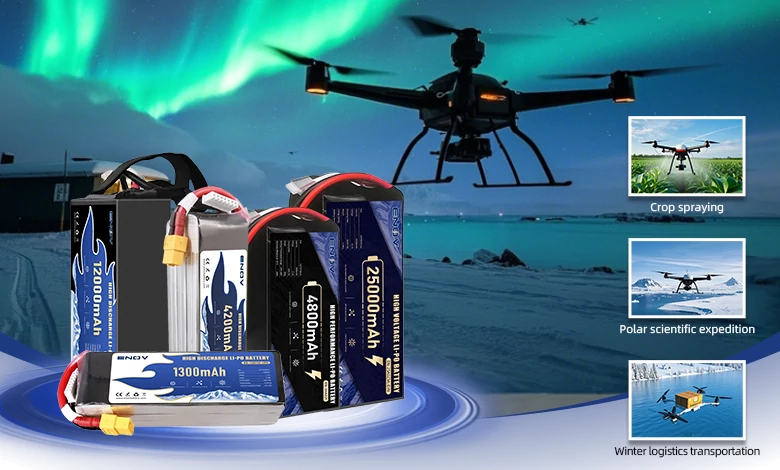
UAV DRONE battery
Enov UAV battery has the most advanced UAV battery new technology, it has a lightweight structural design, ultra-high energy density, stable continuous discharge, customized ultra-high instantaneous discharge, wide temperature working range, stable charge and discharge, battery materials can choose high nickel terpolymer positive/silicon carbon negative material system combined with semi-solid battery technology. Or choose a more mature application of more UAV lithium battery technology, available UAV battery nominal voltage 3.7V, capacity 18.0Ah ~ 30.0Ah, support 10C continuous discharge and 120C pulse discharge (3 seconds). With ultra-high energy density (220-300Wh/kg) as its core advantage, Enov UAV batteries can meet the needs of long-term endurance scenarios such as plant protection drones and transport drones, while maintaining stable emission performance in extremely low temperature environments (-40℃).
Other products
START-STOP LITHIUM BATTERY
LITHIUM ENERGY STORAGE BATTERY
QUICK INQUIRY
FAQ
Access to high frequency technical questions with one click, get accurate answers on product application, after-sales policy and customization process.
Service and Support
Get the latest product specifications, explore professional OEM/ODM customization services, click to open exclusive technical support and production solutions.
Become a Partner
We sincerely invite resources to interconnect, work together for win-win development, and immediately open a new chapter of strategic cooperation!


